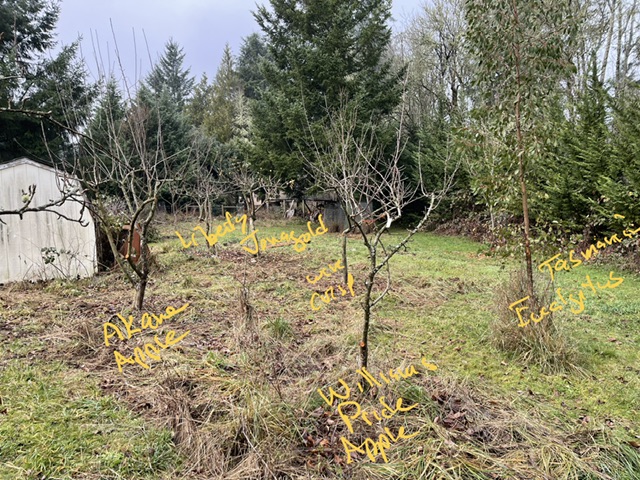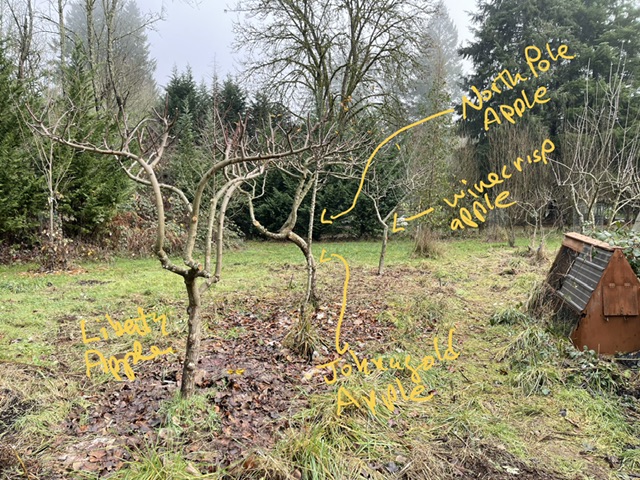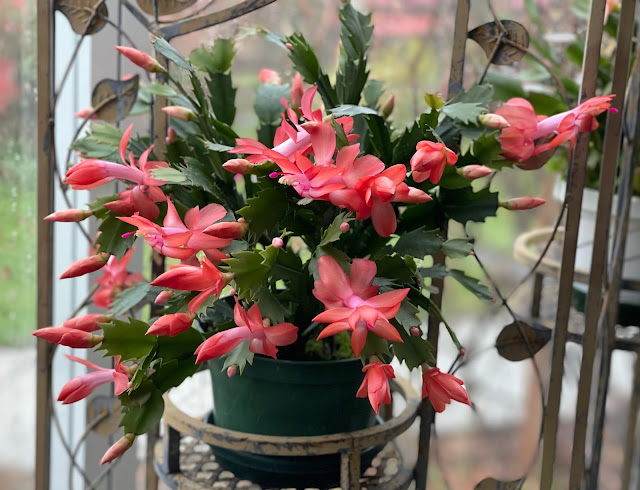In the process of some downsizing, I got rid of a very large, heavy oak desk. I replaced it with a table for computer and sewing, with much more legroom and which I already owned. The oak desk had narrow drawers that were handy, and I'd like a place for wallet, glasses, and keys so I don't lose them.
I bought this wooden box on Amazon. It's 100% wood, but I didn't like how it looked.
I don't like the holes for drawer pulls. The stain looks dull and dirty. There is no protective top coat over the stain. With time, I imagine it will look even more dull and dirty.
I'd like to add some drawer pulls, and ordered them. But on close inspection, they will look oddly placed if they cover those holes. And they might not cover them. Hmmm.
What if I turn the drawers around, so the fronts are the backs and vice versa?
That actually looks better. I like the contrasting of the two colors of wood. I don't know what kind of wood this is. It feels soft. Maybe pine? Eucalyptus? I don't know.
I decided to go with a darker stain for the box, something light for the drawers. I sanded it inside and out with 220 grit sandpaper. Then I brushed with a pre-staining wood conditioner, waited a bit, and wiped it all off, rubbing it into the wood. Then I stained the outside box with ebony black stain.
So far, I think this is a much nicer look. Even though the black stain is darker than the original, the grain shows more clearly. I debated staining the drawer fronts red (it's an option the stain rack), I couldn't find any. I have some old "golden oak" stain, but on experimenting on some stirring sticks, it just looked murky.
The next step, after couple of days, will be a few coats of polyurethane. Polyurethane tends to darken wood a bit, bring out grain some more, and can develop a golden hue, so I think I won't stain the drawer fronts at all.





















































